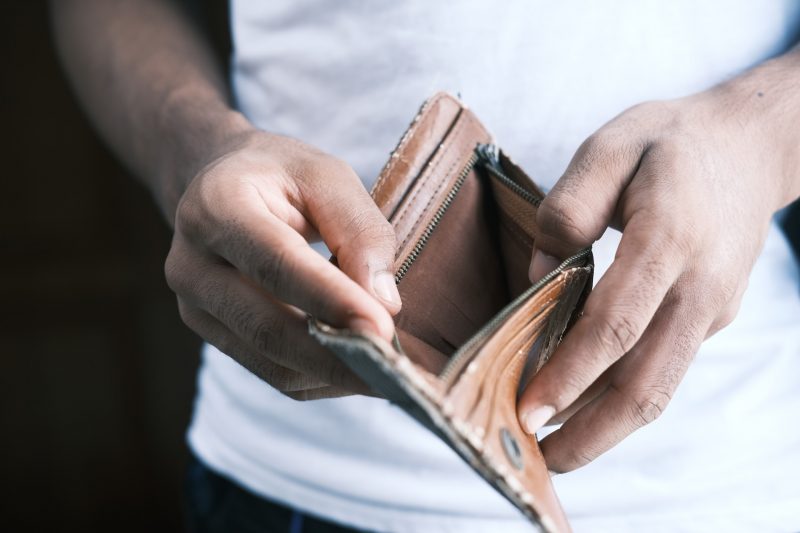Introduction
Amid these challenging times for the global economy, lately, an additional concern is catching everyone’s attention – a possible debt crisis in the USA. Multiple indications are signaling that’s becoming imminent, therefore it is crucial to comprehend what this could mean, how it may affect the US and the global economy, and what can be done to mitigate those risks. In this article, we will try to address the mentioned issues, in an effort to reveal the answers to such concerns.
What is a debt crunch, and why is it a concern?
When corporate entities are massively unable to meet their debt servicing obligations fully or partially, resulting in a default – such a situation is defined as a debt crisis. When a nation or business borrows money, it is expected to repay the loan amount and its interest on schedule. Failure in doing so has many negative implications, among those also the creditors losing faith in the borrower’s repayment capacity.
This also pushes the interest rates further up, in order to compensate for the losses and higher risks going forward. Eventually, it creates a vicious cycle that makes it challenging for the other borrower to pay back their outstanding debt, driving the economy towards new default cases. A debt crisis may have many negative effects on the economy, such as inflation, recession, and increased unemployment.
What are the signs that a debt crunch is looming?
There are several signs suggesting an increasing possibility of a debt crunch. Some of the key indicators include:
- Rising debt levels – global debt levels have been rising significantly over the past few years, and it is a cause for concern. The debt-to-GDP ratio, which is an indicator of a country’s ability to repay its debts, has been increasing, and many countries are struggling to maintain their debt levels.
- Low-interest rates – national banks around the world have been keeping interest rates low to stimulate the economy. While this has helped in the short term, it has also led to an increase in borrowing, and many individuals and companies have taken advantage of the low-interest rates to take on more debt.
- Increasing inflation – The rising inflation rates can lead to an increase in interest rates, which will make it difficult for borrowers to repay their debts.
- Weakening economic growth – global economic growth has been slowing down in many countries, and this can impact the ability of borrowers to repay their debts.
- Geopolitical risks – geopolitical risks, such as trade wars and political instability, can also impact the economy and lead to a debt crunch.
What are the implications of a debt crisis?
A debt crisis may have a significant negative impact on the US economy. It can push the levels of inflation and unemployment up, as well as result in a lasting recession. Additionally, it might cause a serious loss of confidence in the US economy, which could discourage investments and depreciate the dollar as a key reserve currency. Moreover, it may result in possible social unrest, as people and businesses struggle for paying off their debts.
What can be done for mitigating the risks?
The US and other governments, national banks, as well as corporations, and individuals need to take proactive measures, trying to control the risks related to a possible debt crunch. Some of the important steps which can be taken include:
- Reducing debt levels – the state, businesses, and individuals need to reduce their debt levels to a sustainable level. This can be achieved by cutting down on unnecessary spending, increasing revenue streams, and prioritizing debt repayment.
- Strengthening economic growth – The focus should be on strengthening economic growth by investing in infrastructure, innovation, and education. This will create job opportunities and increase revenue streams, which will help in debt repayment.
- Increasing interest rates – Central banks need to increase interest rates gradually to control inflation and discourage borrowing. This will make it easier for borrowers to repay their debts.
- Diversifying investments – Individuals and companies need to diversify them.
Final thoughts
In conclusion, there are warning indicators of an approaching debt crisis, and the situation demands immediate attention and action. While there is no doubt that the pandemic has made things worse, the fundamental problems of high debt levels and slowing economic growth are nothing new in fact.
It is essential that policymakers, institutional players, as well as individuals take proactive steps to address these issues. Among such actions could be, measures towards a debt reduction, increasing investments in sustainable growth initiatives, as well as encouraging responsible borrowing and lending rules. Unless such a targeted collective response is initiated immediately, we might see serious economic repercussions.
WeInvests is a financial portal-based research agency. We do our utmost best to offer reliable and unbiased information about crypto, finance, trading and stocks. However, we do not offer financial advice and users should always carry out their own research.
Read More









